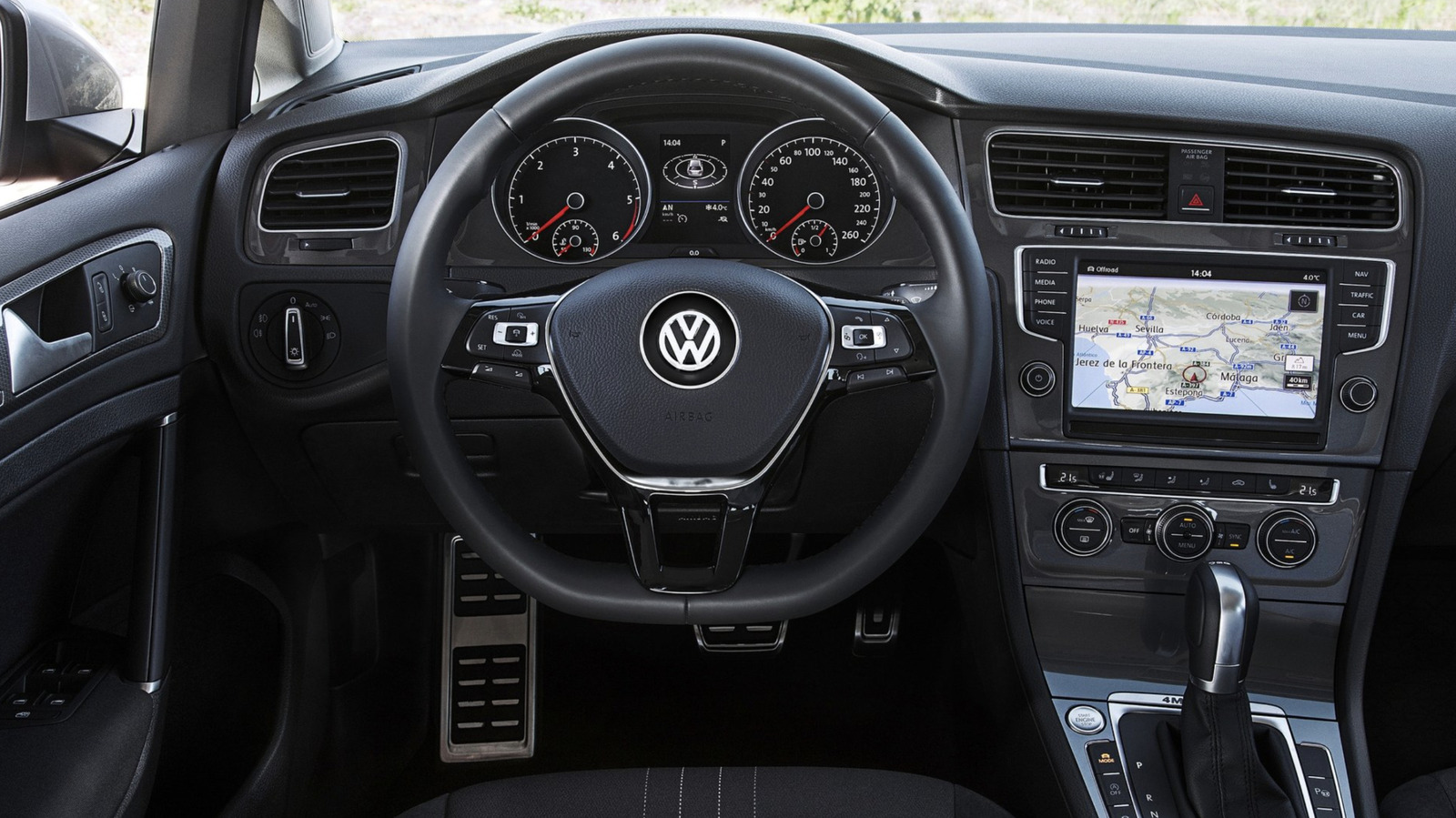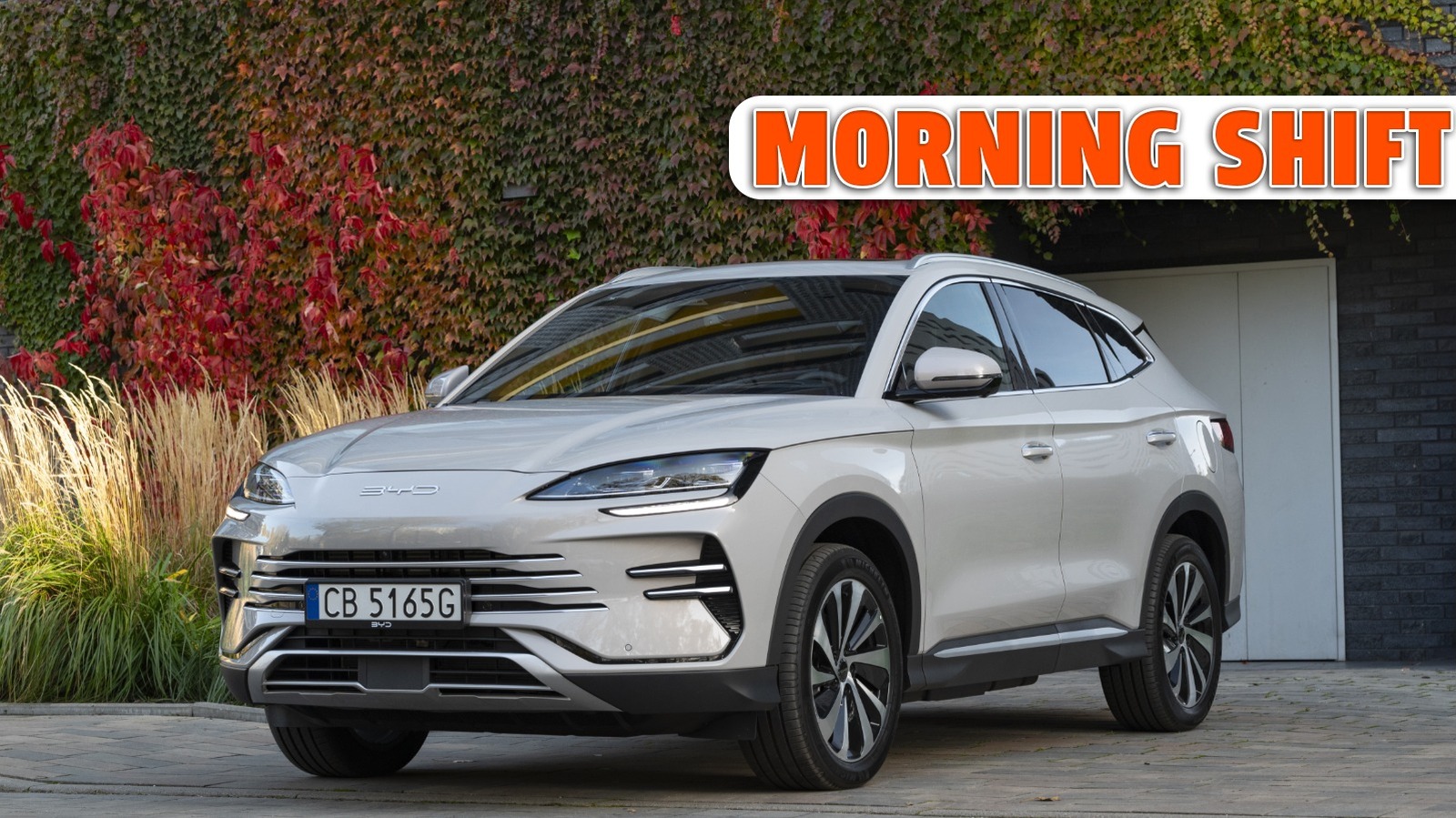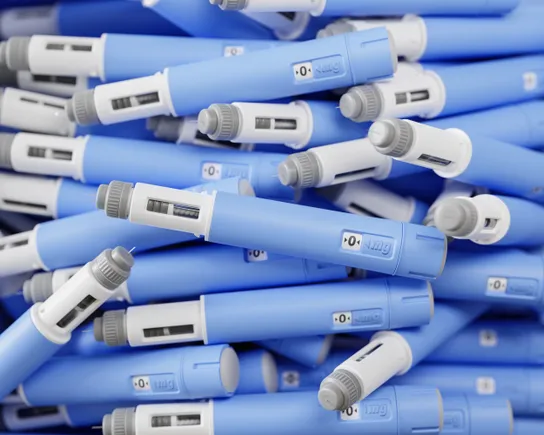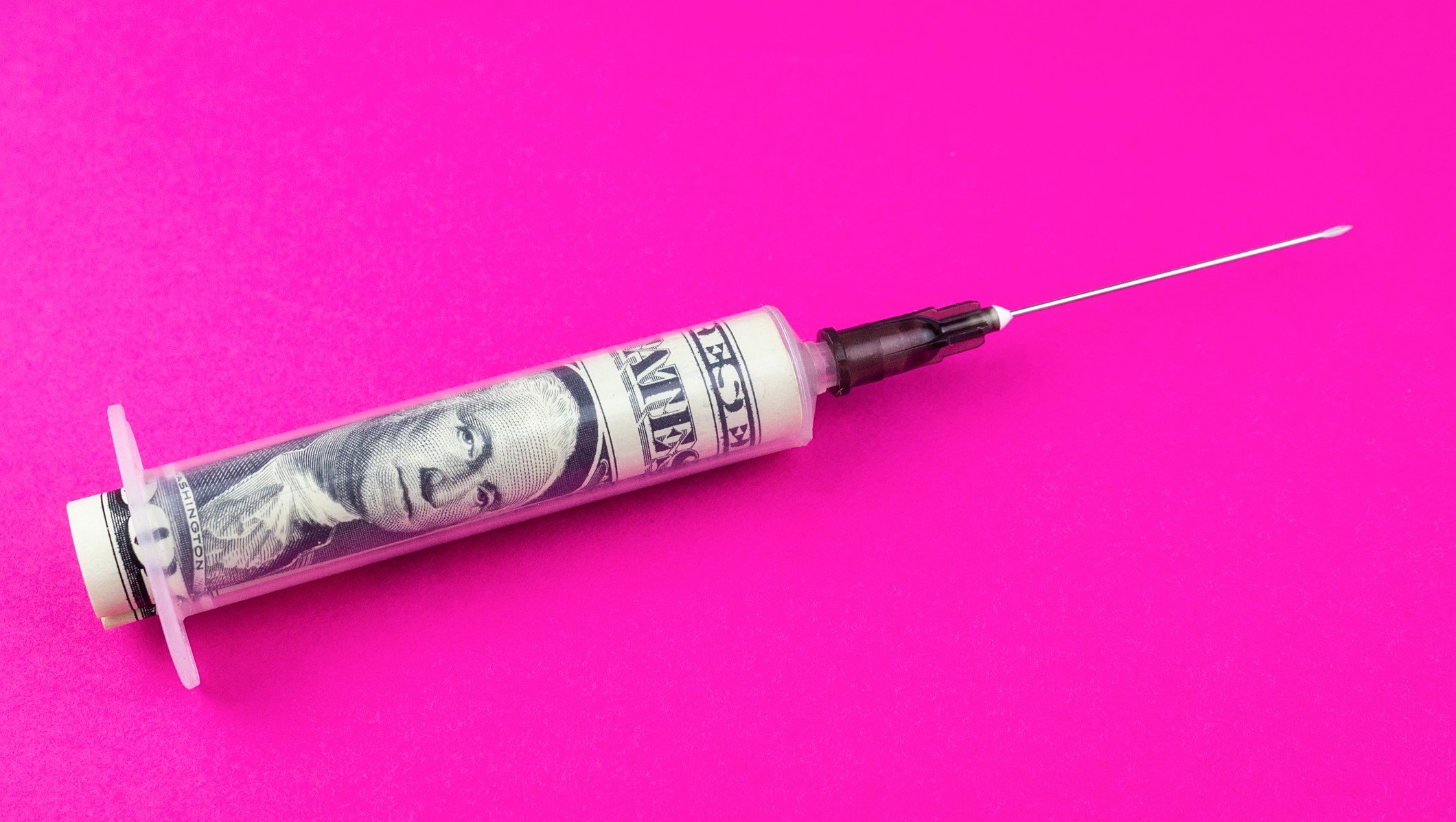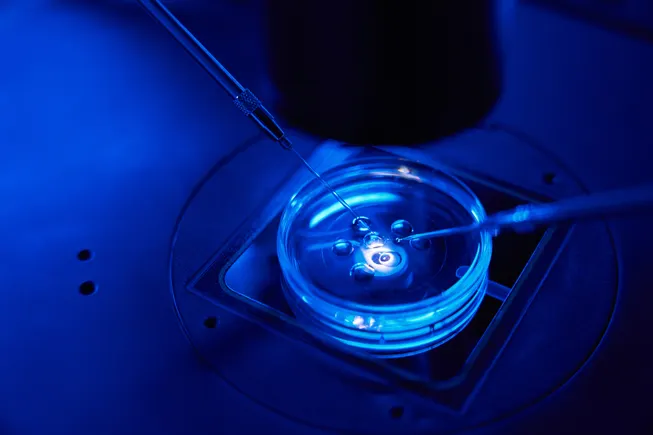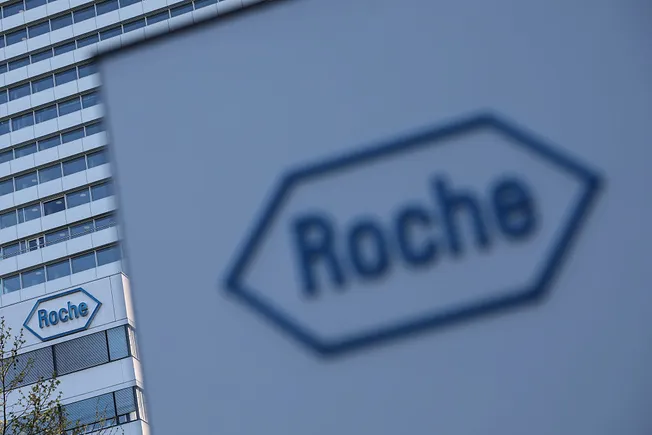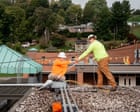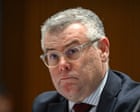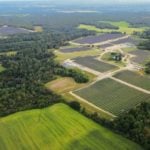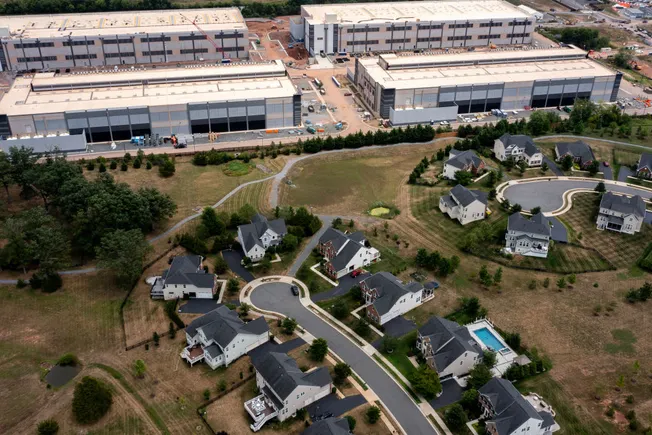Biomimetic Scaffolds Enhance iPSC Astrocyte Progenitor Angiogenic, Immunomodulatory, and Neurotrophic Capacity in a Stiffness and Matrix‐Dependent Manner for Spinal Cord Repair Applications
Advanced Healthcare Materials, EarlyView.

Through tuning biomimetic scaffold stiffness and matrix composition the reparative capacity of astrocyte progenitors is enhanced. Soft, collagen-IV/fibronectin-functionalized scaffolds promote progenitor growth while improving angiogenic, immunomodulatory, and neurotrophic capacity in a stiffness and matrix-dependent manner, demonstrating the impact of tuning scaffold properties on stem-cell-based approaches for spinal cord repair applications
Abstract
Spinal cord injury repair poses a significant challenge due to the hostile microenvironment of the injury site and the poor survival and function of clinically relevant transplanted cells. Here it is aimed to investigate whether tuning the physicochemical properties of implantable biomimetic biomaterial scaffolds can enhance the localized delivery and reparative potential of patient-derived induced pluripotent stem cells (iPSC) astrocyte progenitors. It is demonstrated that soft, collagen-IV/fibronectin-functionalized hyaluronic acid scaffolds, mimicking the physicochemical properties of healthy spinal cord tissue, optimally support the formation of iPSC-derived multicellular spheroids, promoting neural cell survival and function. These soft, collagen-IV/fibronectin scaffolds enhance angiogenic cytokine release, facilitate vascular network formation, modulate inflammatory responses, and promote neurite outgrowth from growing, mature and injured neurons, while supporting cell infiltration from spinal cord explants. These findings demonstrate that optimized biomimetic scaffold properties provide a supportive environment for iPSC astrocyte progenitors but can also modulate their reparative capacity. These findings highlight the critical role of matrix composition and scaffold stiffness in advancing scaffold-mediated patient-derived stem cell-delivery strategies for spinal cord repair applications.











